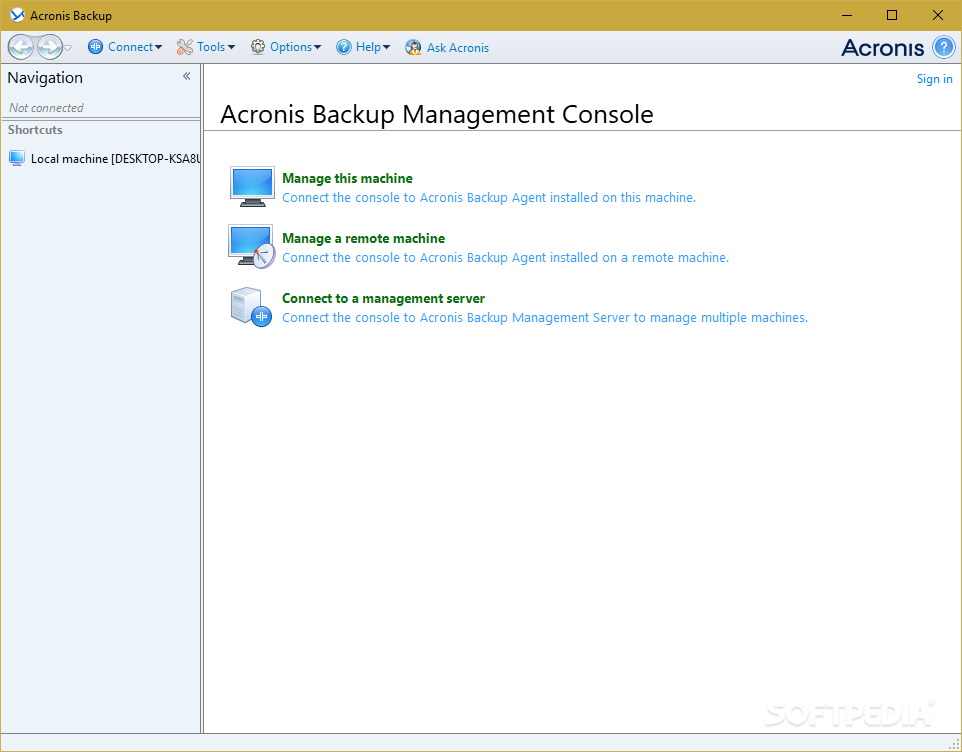

This offers some degree of hybrid capability and data mobility for moving applications to and from the cloud. Many vendors offer products that span on-premises and public cloud, with cloud support enabled through virtual appliances. Often, this is done through a proprietary dashboard. Some cloud backup vendors are integrating data and metadata in the cloud, making it easier to use the data for archive purposes. But organizations can use the images for DR. In many cases, this data is simply written in the vendor's proprietary format and isn't easily available for search and analytics. This is typically through native support for the Amazon S3 API interface and Azure Blob storage API. There's widespread support for public cloud storage as a repository for data. Using a cloud-native backup service to protect both cloud and on premises workloads.Protecting cloud-native workloads - SaaS, IaaS and PaaS - using a cloud backup platform.Using cloud storage as a backup target.

There are three main ways it's being adopted to improve data protection: How organizations are using the public cloud As a result, we'll see a complementary evolution in cloud backup services for business and data protection. However, over time, we can expect the complexity and integration of services to become more dynamic. In many cases, this is simply using public cloud tactically to deliver some IaaS or SaaS offering. Over the last 15 years, IT has gradually adopted public cloud services and moved toward a hybrid IT model. As data becomes more valuable to enterprises, backup and data protection become increasingly critical in delivering IT services to internal business customers.


 0 kommentar(er)
0 kommentar(er)
